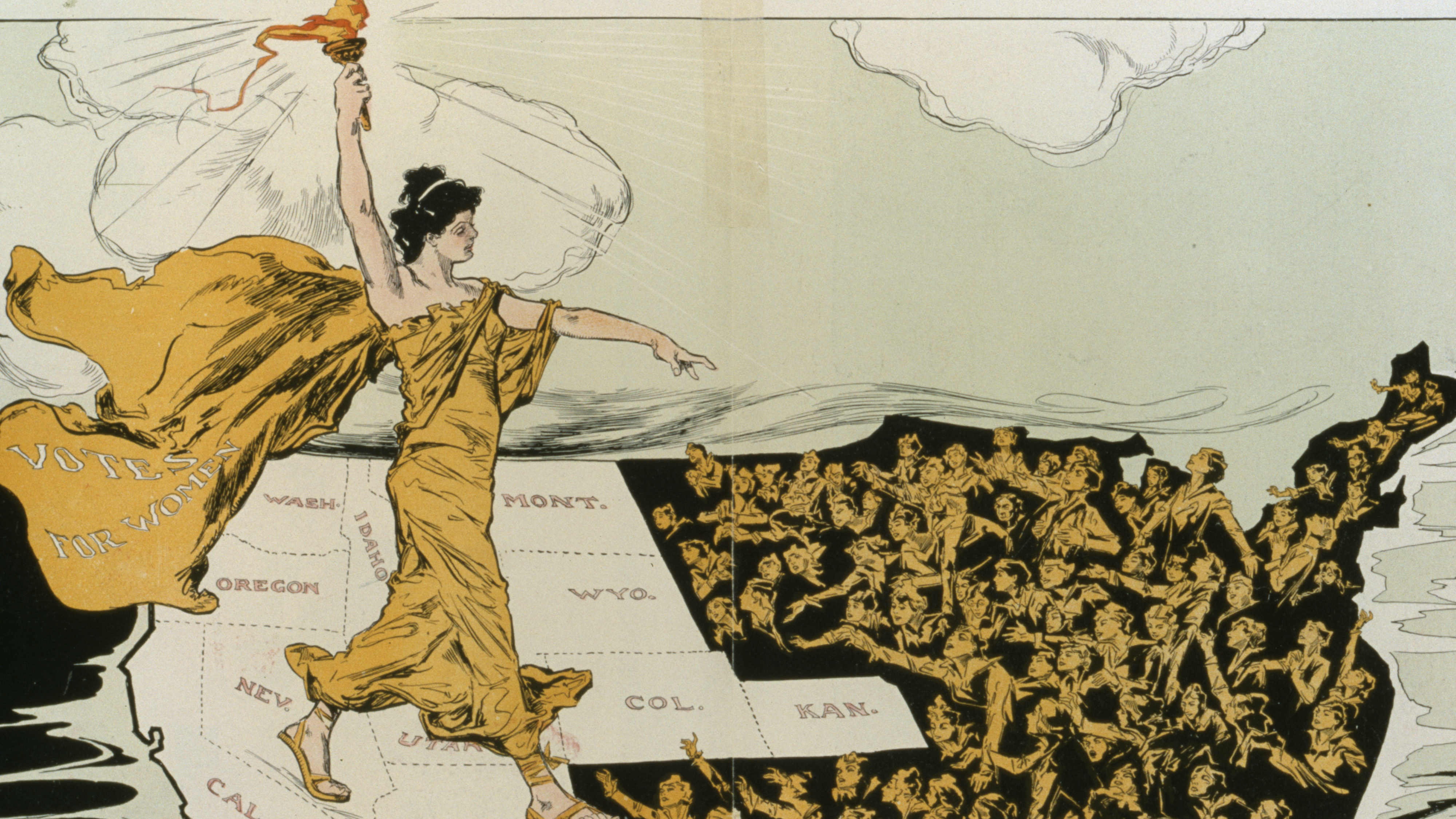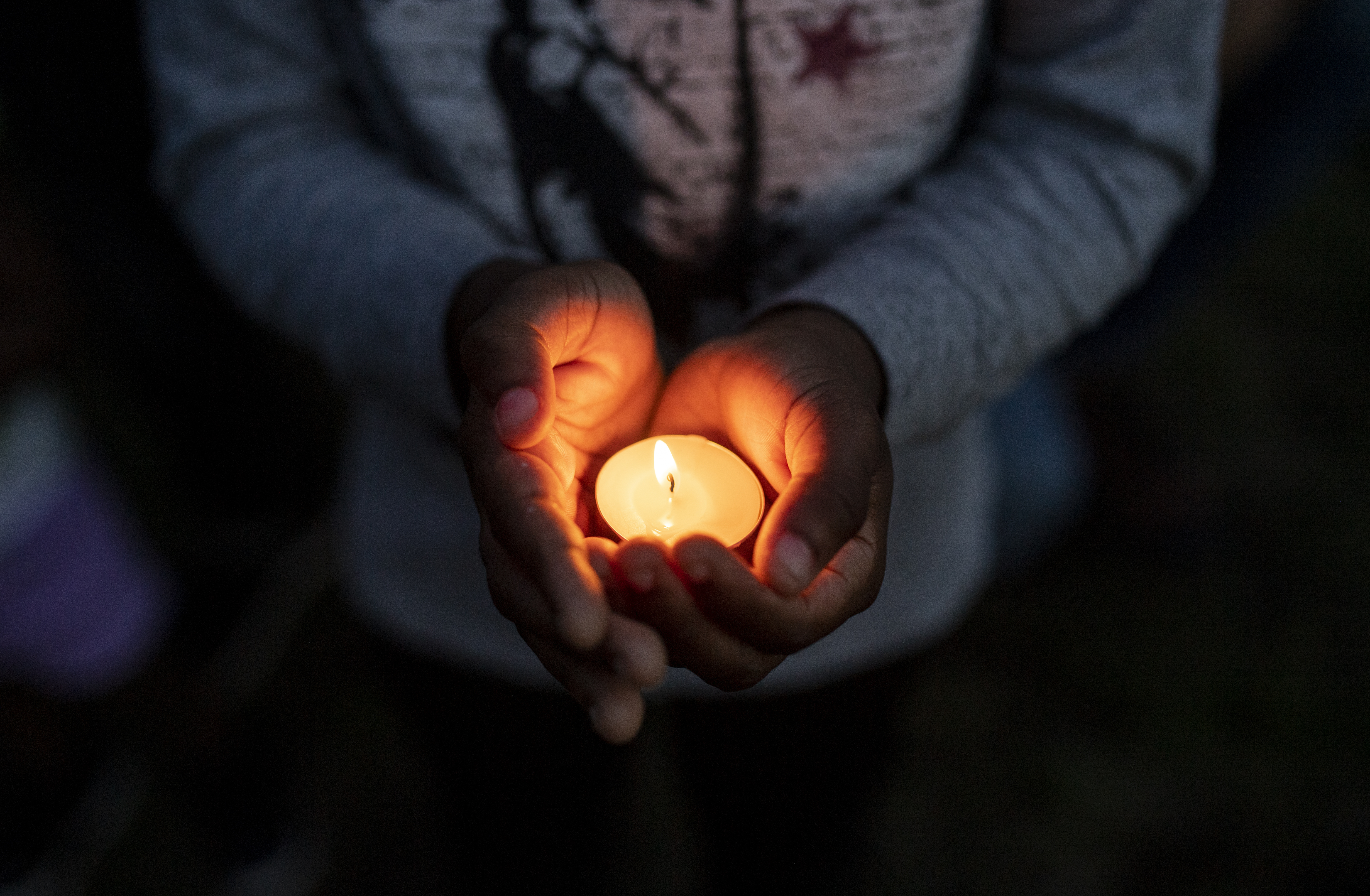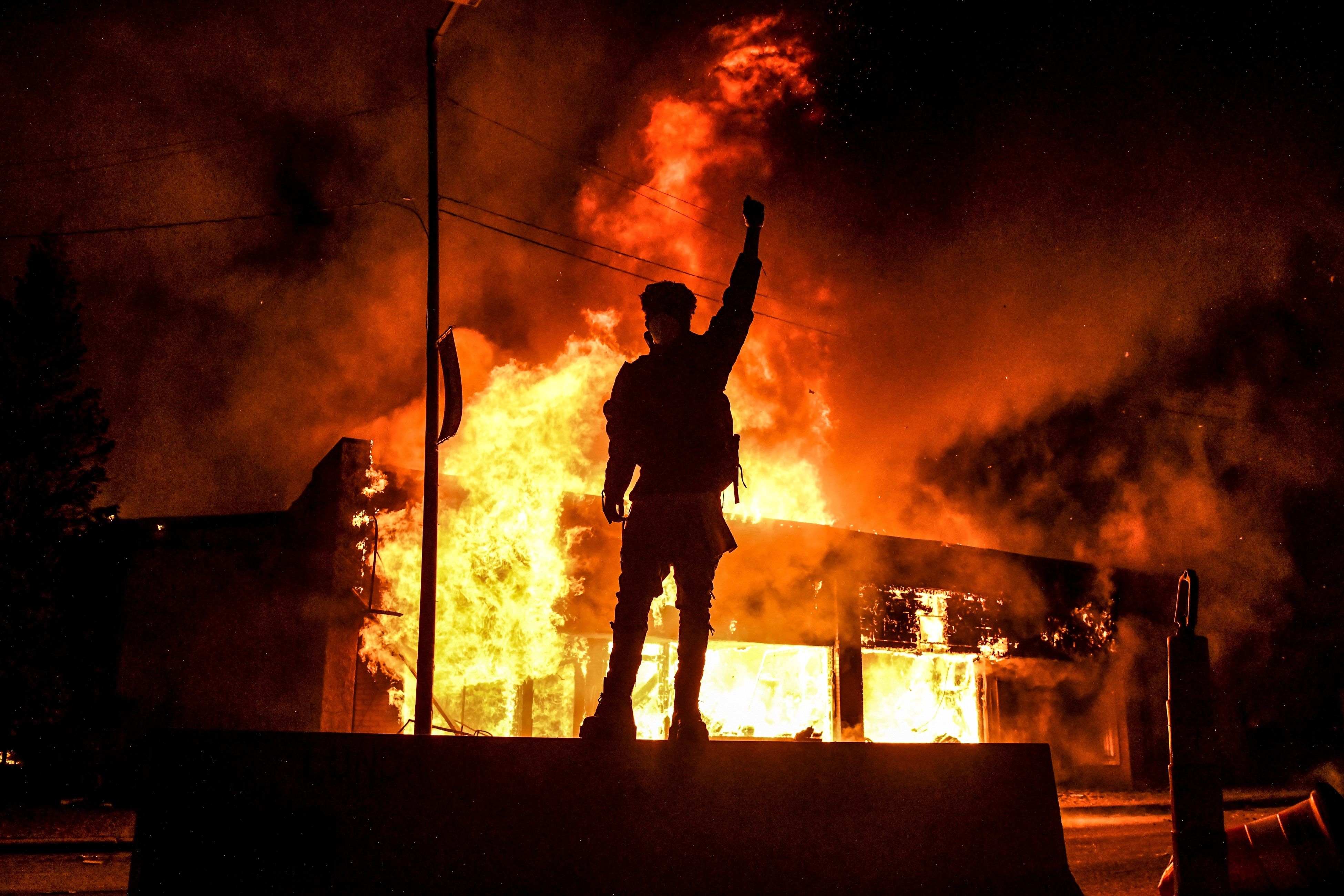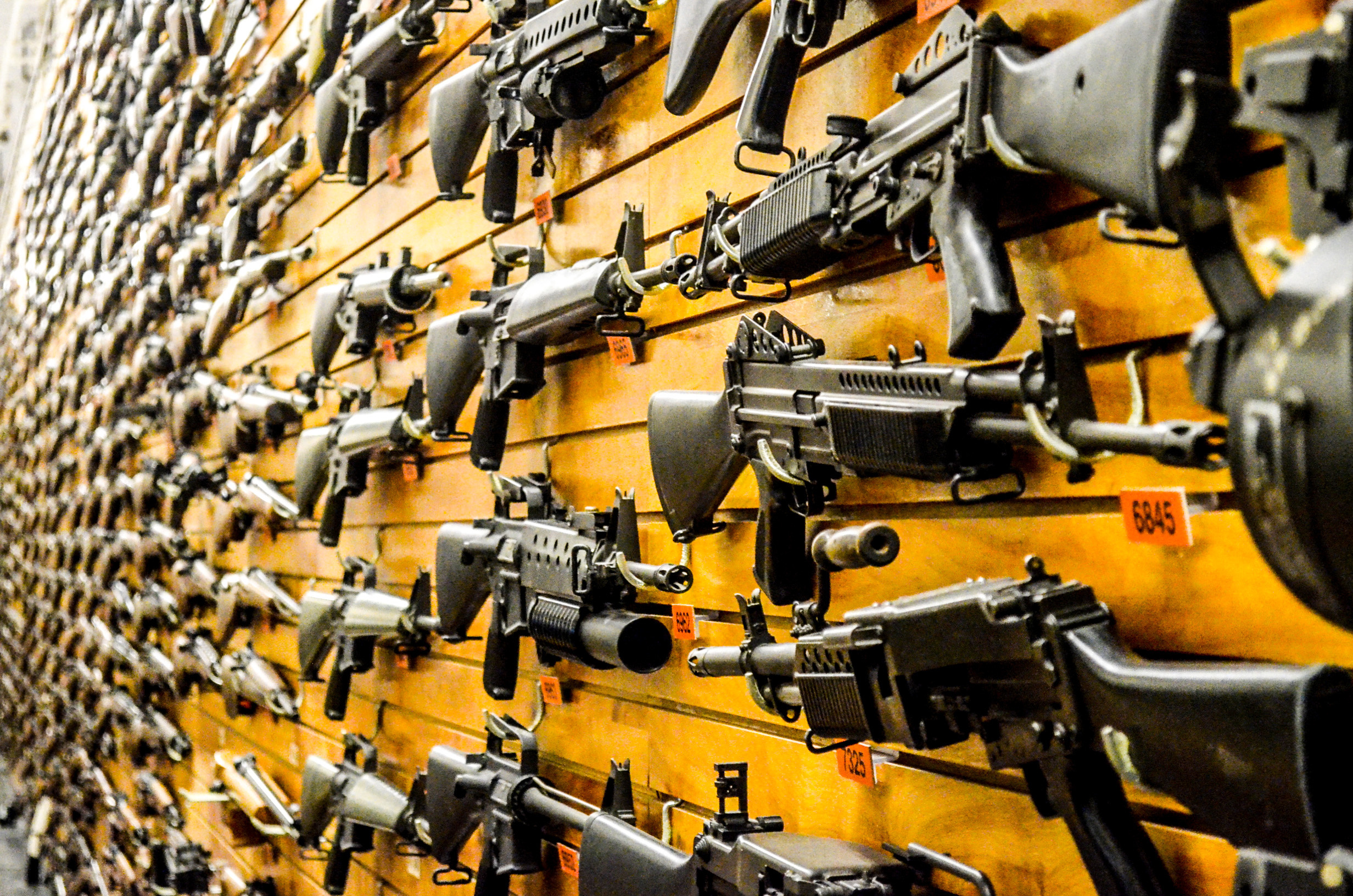We can accept our differences – it’s better than killing each other
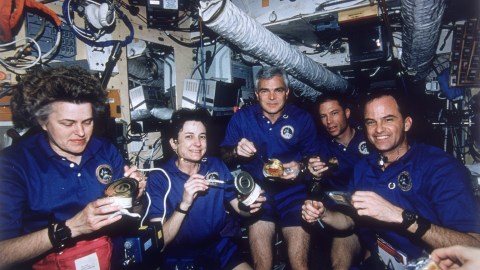
Getty Images
- Human beings are psychologically hardwired to fear differences
- Several recent studies show evidence that digital spaces exacerbate the psychology which contributes to tribalism
- Shared experiences of awe, such as space travel, or even simple shared meals, have surprising effectives for uniting opposing groups
The year was fraught to say the least.
Riots in the streets, engagement abroad in a long-fought war, and an encroaching sense that the fabric that knits us together is pulling at the seams.
Still a single sentence from it all speaks to our ability to come together: “Thank you for saving 1968.”
Those words of gratitude—standing out against the backdrop of a tumultuous year—arrived via telegram at NASA half a century ago following Apollo 8’s successful trip around the moon. But their lesson applies today.
Emerging research in the fields of psychology and neuroscience demonstrates that we often need a shared experience of awe, humor, or physical exertion to help transcend our differences. (Think team-building trust falls and rope courses in the woods). Fortunately, it doesn’t take a trip around the moon to bridge the deepest divides—even conversation over a cup of coffee or a meal can remind us of each other’s humanity.
What does this mean for free speech? Everything, it turns out.
We are hardwired to censor what’s unfamiliar.
Our brains’ first response to difference is not curiosity but fear or scorn. In a mid-20th century experiment called “Robber’s Cave,” researchers brought together two demographically identical groups of boys, randomly sorted them into two groups, gave them each a few days to form bonds within their “tribes,” and then kicked off a baseball competition. The boys quickly started generalizing about the other team and drawing distinctions that didn’t exist.
Even absent any particular reason to be in disagreement, the experiment reveals that people are primed to sort into ‘in’ groups and ‘out’ groups. In the spectacle that politics can be at times, we can see how easy it is for Americans to fall into this trap. The tendency is not unique to any one political tribe. Recent research by the Cato Institute found at least one thing the left and the right agree on. They both want to silence someone, they just disagree on who.
In light of all this, what we’ve witnessed in recent months may not feel surprising but is troubling nonetheless. Other examples are readily available from both sides of the aisle: elected and appointed leaders shouted out of restaurants, journalists receiving death threats, and bombs sent in the mail to public figures villainized by radical activists. Relying on intimidation to silence people goes beyond censorship. It’s abhorrent.
Now take that tendency and add in the emerging digital landscape.
The same technology that has made it possible to connect people instantly across great distances can also compound our divisional instincts. A recent study found that when individuals confront different perspectives online, the new information further entrenches their existing beliefs and increases skepticism of the opposing view. It’s also now easier than ever to opt into what MoveOn.org board president and digital guru Eli Pariser calls “filter bubbles”—choosing to surround ourselves with homogenous communities and replacing diverse, in-person interaction with digital engagement.
So what do we do about it?
The increasing division and polarization our country’s experiencing is the result of many factors—many likely not fully understood or even still unknown. The long-term solutions will be as complex as the humans at the root of it.
But we can make progress in the meantime in surprisingly simple ways. People are full of potential. Individuals can play an essential role in helping fractured communities heal and turning fear to curiosity when encountering other ideas, cultures, and perspectives. We have the opportunity to learn from each other’s differences.
A decade ago on another space flight the crew of the International Space Station gathered for a meal. The astronauts came from different backgrounds: Iranian, Russian, American, and others—individuals who have shared that they may have otherwise struggled to find common ground on Earth. But when they broke (freeze-dried) bread together as they watched the Earth passing by, they experienced a “profound emotional experience of interconnection.”
It doesn’t take zero gravity. Just start a conversation rooted in deep respect for each other’s inherent dignity. Be the change you want to see in this tiny, blue dot.
Sarah Ruger directs the Charles Koch Foundation‘s free expression work
